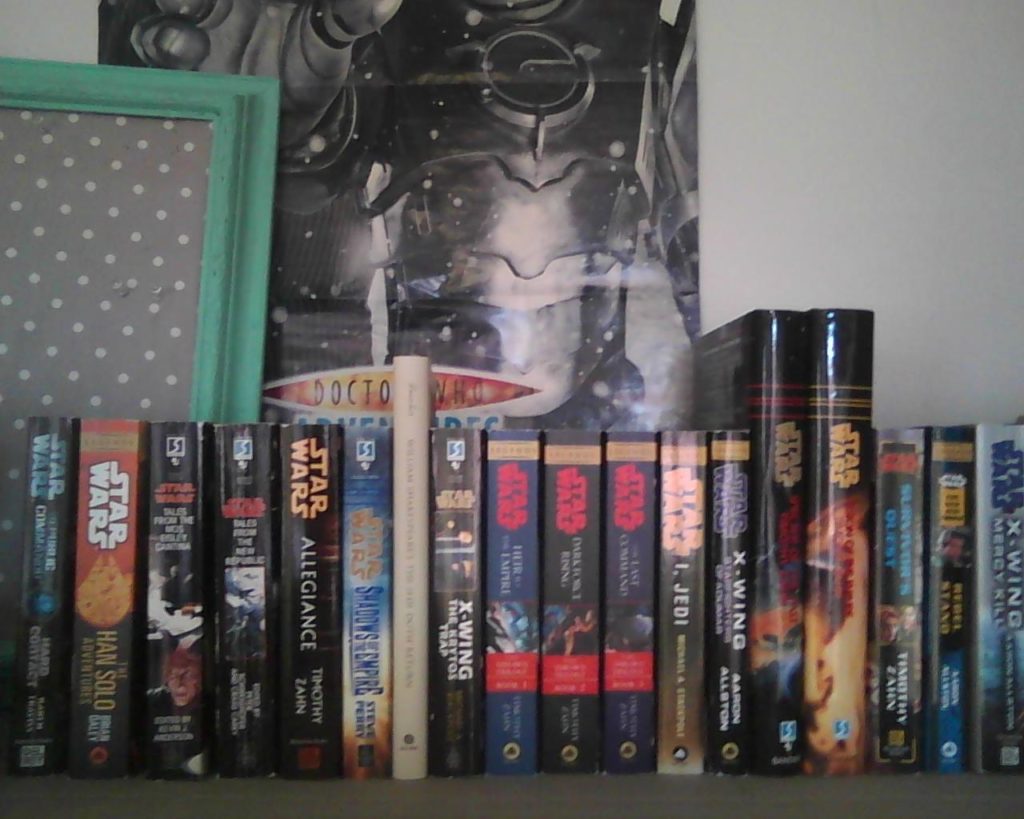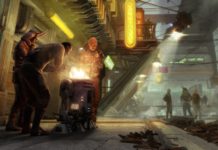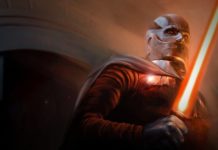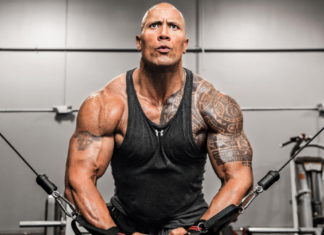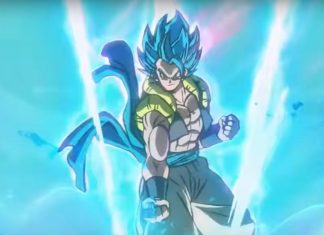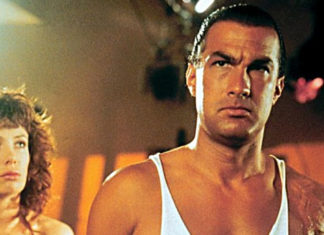Somewhere around 1992, I wandered down the aisle at Waldenbooks (R.I.P.) when a cover caught my eye, and I thought, “Hey, that looks sorta like Star Wars” and then a moment later, “Hey, that is Star Wars!”
So I took a copy of Dark Force Rising off the shelf and turning it over read the phrase “Leia, pregnant with Jedi twins” and promptly put the book back exclaiming aloud, “What, they only come in pairs?”
Besides, the cover illustration made her look frumpy.
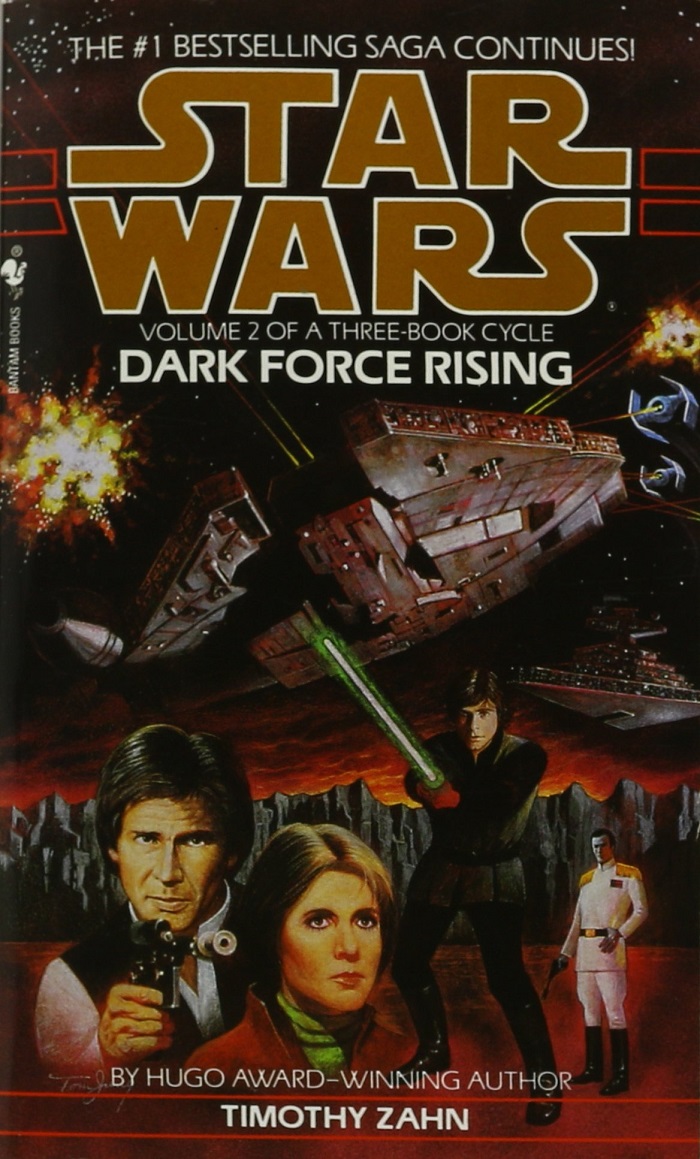
I didn’t give it another thought until a year later when my brother Geoff pulled out a large copy of The Last Command saying, “Have you read these yet? I couldn’t wait for the paperback so I got it in hardcover!”
I told him my reaction to the previous installment and he assured me that the contents were very exciting, and he said, “Here, let me loan you the first two books because you HAVE to read them, they feel just like the movies!”
And he was right. They practically came with a soundtrack.
It’s possible to pick Zahn’s trilogy apart in search of flaws after the fact, but each time I’ve read it I do so well-ensconced in a galaxy that makes perfect sense while I’m there, and I always finish the last book feeling that I’ve spent an enjoyable visit with old friends.
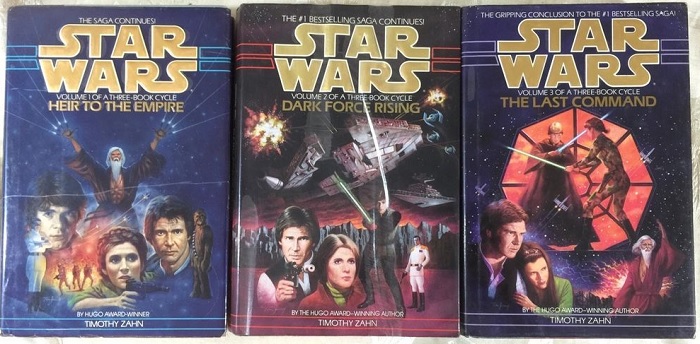
In the approximately 10 years between the Thrawn Trilogy and the Hand of Thrawn Duology — bookends to the first decade of the Expanded Universe — I read almost everything published, with the exception of the comic books and the Junior Jedi Knights.
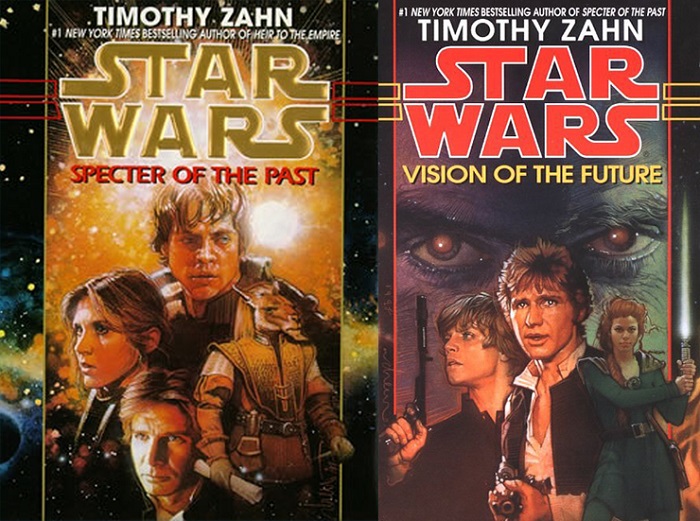
Even the weaker offerings were able to create secondary belief, which according to Tolkien is, “a richer experience than the mere suspension of disbelief”, and with each book I felt immersed in the Star Wars universe, though it was not unusual to finish a volume and think, “That was interesting, but I probably won’t ever read it again.”
Which is why I gave them to my brother to be boxed and squirreled away in the attic somewhere when he was done with them.
Part of the problem was the existence of narrative no-go areas which limited the authors’ development of plots and character, meaning that often you finished a book not too far off from where you started. I’ve described that portion of the Star Wars book world as being 10,000 light-years wide and 1 inch deep. When I read that Lucas had given permission for Chewbacca to die I thought, “Nah, I’m good” and for a long time didn’t bother with any of the SW books published after 1998.
And that was that until sometime after 2014 when I noticed the banner “Legends” appearing on the Star Wars book covers.
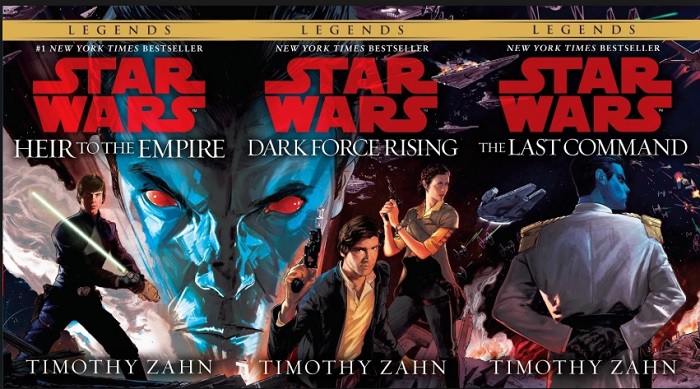
I’d been vaguely aware that Disney had Star Wars events at their theme parks, but was out of the loop enough that I didn’t know that they’d bought the whole thing outright.
I’m not sure when I started to become uneasy, maybe after The Force Awakens was released, but a nagging concern that Disney might eventually let the original EU books go out of print and replace them with new books to fit their timeline started to worry me.
Geoff was able to find some of our stored books, but not all, so I decided to make another purchase of my favorites, and see if there were any titles I hadn’t read that were worth adding to the collection.
In looking for comprehensive reviews, I came across a chronological list across at theforce.net, though their list ended abruptly at books published in 2011.
Often their reviews reflect my own thoughts about a title, so I felt I could rely on them more than the SW fandom at Wookieepedia, which are exclusively book summaries without giving any clear opinion on whether it’s worth my money or not.

Their timeline is useful but exhaustive, almost to the point of confusion. The site is also utterly under Disney’s thumb.
Over the next few weeks, I’ll arrange my overview in the same order as they are on my bookshelf by their chronological place in the EU timeline.
